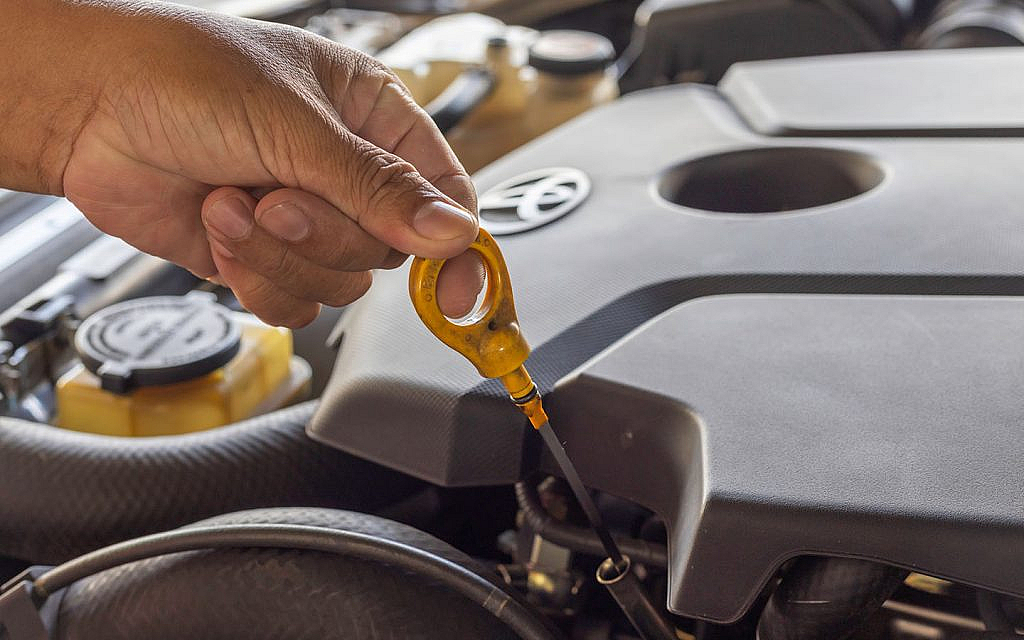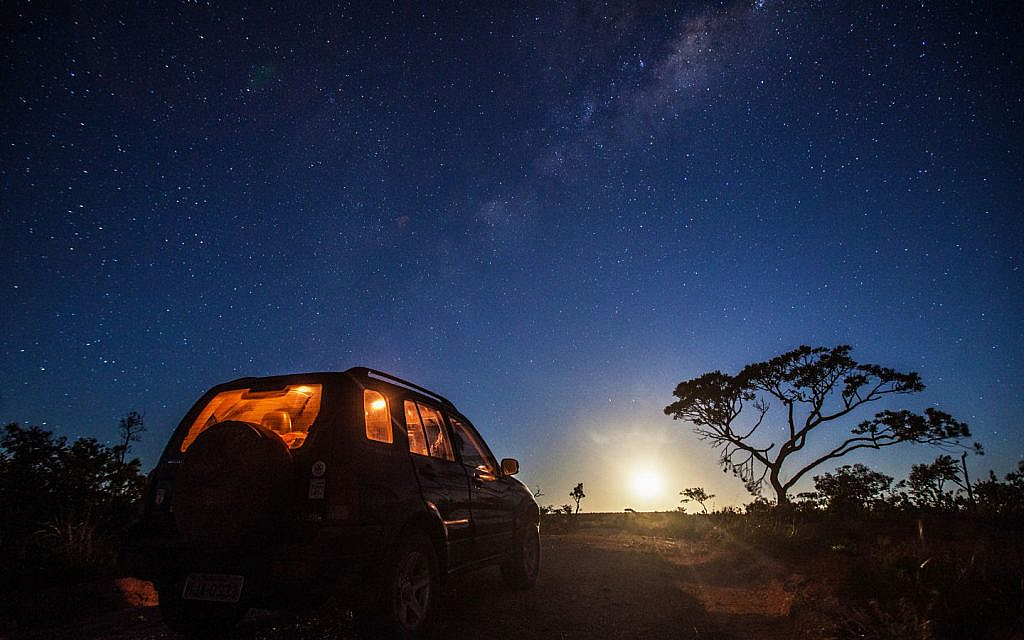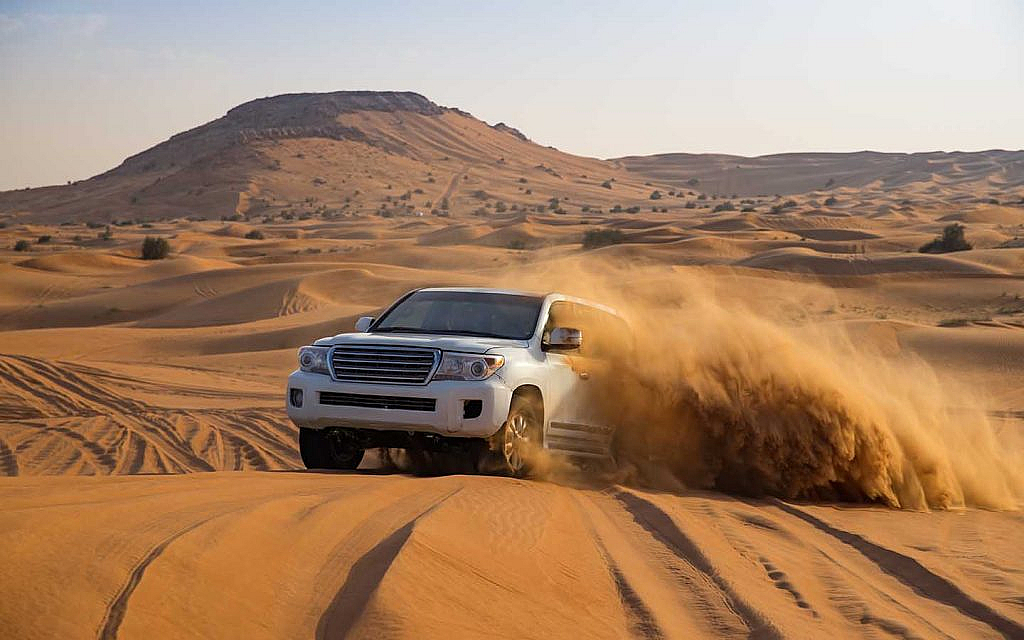Essential Car Maintenance Checks For Desert Driving
Desert driving presents unique challenges that demand thorough preparation and attention to your vehicle’s condition. The intense heat, abrasive sand and uneven terrain can put extra strain on your vehicle, making regular maintenance insufficient. To navigate these challenges safely, it’s essential to carry out specific car maintenance checks for desert driving, ensuring your vehicle remains reliable and performs at its best.
Car Maintenance Checks for Desert Driving
Below is the key car maintenance checklist every driver should inspect before tackling desert terrain. These car checks for desert driving will help ensure your vehicle can handle the extreme heat, sand and remote conditions without compromising performance or safety.
Tyre Inspection and Pressure Adjustment
Tyres are your first line of defence against getting stuck in soft sand. Before a desert trip, check for cracks, bulges or uneven wear that could cause a blowout in high temperatures. Desert driving often requires lowering tyre pressure to around 15–18 psi to improve traction on sand. However, it is equally important to reinflate them to the manufacturer’s recommended levels before returning to paved roads. Keeping a portable air compressor in the car makes this process far more convenient. Additionally, understanding the right time to replace car tyres ensures optimal grip and safety, especially when tackling challenging desert terrain.
Cooling System Performance
The UAE’s desert climate can cause engines to overheat rapidly, especially when tackling dunes or driving at high ambient temperatures. Inspect the radiator, hoses and coolant reservoir for leaks or corrosion. A coolant mixture for extreme heat will help maintain optimal engine temperature, while a fully functioning radiator fan is essential to prevent overheating. Driving with low coolant levels can lead to engine overheating, which may warp the cylinder head or damage the head gasket. Carrying spare coolant is a wise precaution in case fluid levels drop unexpectedly.
Engine Oil and Fluid Levels

Engine oil plays a critical role in protecting the engine, but extreme heat can cause it to thin and lose efficiency. Always check oil levels before heading into the desert and consider switching to a high-viscosity oil designed for hot climates. Other essential car fluids, including brake, transmission fluid and power steering, must also be topped up and replaced if they show signs of contamination or darkening. Proper lubrication keeps the vehicle running smoothly even in harsh conditions.
Air Filter Condition in Dusty Environments
Desert air is loaded with fine dust particles that can quickly clog an engine’s air filters, restricting airflow and reducing performance. Clean or replace the air filter before your trip to ensure optimal engine performance. For frequent off-roading, a heavy-duty or washable filter offers better protection. If your desert journey will be extended, carrying a spare filter can prevent performance issues mid-trip. Also, check intake seals and hoses for leaks.
Battery Health Under High Temperatures
Extreme heat shortens battery life and can lead to unexpected breakdowns. For better car battery performance, check the terminals for corrosion, ensure the battery is fully charged and make sure it is mounted securely to withstand vibrations from rough terrain. Carrying jumper cables provides an added safety net if the battery fails far from assistance.
Brake and Suspension Inspection
Driving on soft, uneven surfaces puts extra stress on the braking and suspension systems. Before heading out, check the brake pads, discs and fluid to confirm they are in top condition. The suspension, including shock absorbers, should be free from leaks or damage to handle the constant jolts and dips of dune driving. Test your 4×4 system beforehand to ensure smooth engagement.
Lights and Electrical Systems

Visibility in the desert is critical, especially if you plan to drive at night or during low-light hours. Make sure you replace the taillights, headlights, brake lights and indicators are working properly. If your vehicle is fitted with off-road or fog lamps, test them as well. Inspect the wiring for any damage, as heat and rough terrain can cause wear that may lead to sudden electrical failures.
Recovery Gear and Emergency Supplies
Desert driving requires a level of self-reliance. Equip your vehicle with items such as a tow rope, shovel, traction boards and a jack suitable for sandy conditions. Carry sufficient drinking water for all passengers, along with extra water for the radiator if needed. A car emergency kit checklist, spare tyre, fire extinguisher and a GPS device with offline maps are essential safety items for any extended desert trip. For added safety for roadside emergencies, always keep essential contacts on hand — in the UAE, you can reach emergency services by dialling 999.
Fuel Planning for Remote Desert Routes

While the UAE has an extensive network of petrol stations, planning is still essential for vehicle preparation for desert trips. Always begin your trip with a full tank and monitor fuel usage carefully, especially when driving in low gear on soft sand. For longer expeditions or routes far from major highways, carrying extra fuel in approved containers adds an extra layer of security.
FAQs
What are the most important car checks before desert driving?
Inspecting tyres, cooling system, engine oil, different types of car filters, battery, suspension and lighting are some of the important car checks for desert driving. Ensure all fluids are topped up and recovery gear is on board.
How should I prepare my car for desert heat?
Use heat-resistant coolant, high-viscosity oil, check the cooling system and park in shaded areas when possible to reduce heat stress on components.
What fluids should I inspect before a desert trip?
Check engine oil, coolant, brake fluid, transmission fluid and power steering fluid to ensure optimal performance.
How does desert driving affect the suspension system?
Soft sand and uneven terrain place added strain on suspension components, increasing wear on shocks, springs and bushings.
Desert driving in the UAE can be thrilling, but it requires complete preparation. Performing these essential car maintenance checks for desert driving will significantly reduce the risk of breakdowns, keep you safe and allow you to focus on enjoying the experience. Moreover, iPhone 15 users can take advantage of the iPhone 15 roadside assistance feature to get support, even when stranded in remote areas.
If you’re planning frequent desert adventures, investing in a reliable and desert-ready vehicle can make all the difference. Explore a wide range of new cars for sale in the UAE to find one that meets your needs.
Stay tuned to dubizzle’s auto blog for more tips and insights.
Cover Image Credits: Shutterstock Image Contributor – Mattia Mazzucchelli
Comments
Post a Comment